Real doctors debunk the clichés of TV medical dramas
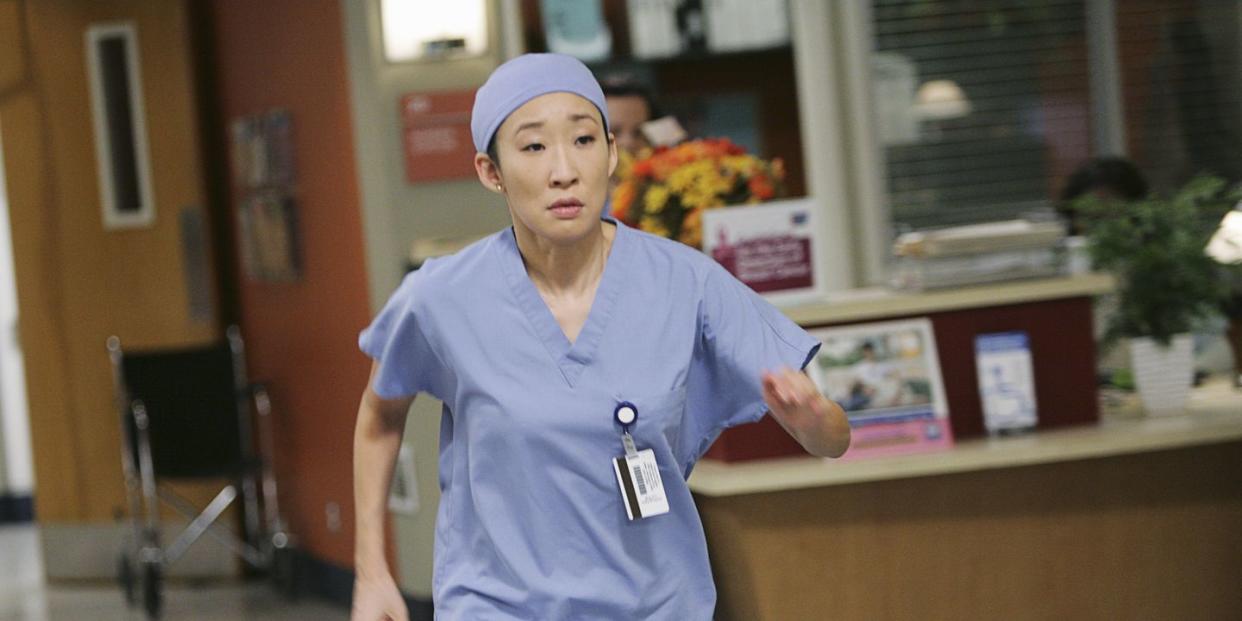
An endless supply of love interests, saving lives on a daily basis, enough drama to fuel Soapland: yeah, the life of a doctor sure does sound exciting… or at least that’s what TV would like us to believe.
Actual doctors barely have enough time to sleep, let alone juggle a love triangle, a lawsuit and an inexplicable outbreak of “toxic blood”. Anyone who’s even so much as set foot on a ward will know that these shows are riddled with clichés that paint a dramatically unrealistic picture of hospital life.
Helping us set the record straight is Dr Snehalata Topgi MD, a New York-based physician for ParaDocs, as well as Beverly Hills Concierge Doctor Ehsan Ali MD, a house-call specialist to the stars, with patients including Ariana Grande, Liam Hemsworth and Justin Bieber.
Using their years of experience (and a little encouragement from us), the pair got to work debunking Hollywood’s fast and loose approach to, ya know, facts and science. So without further ado, here are eight medical TV show myths – some true, some utter nonsense.
1. CPR is the kiss of life
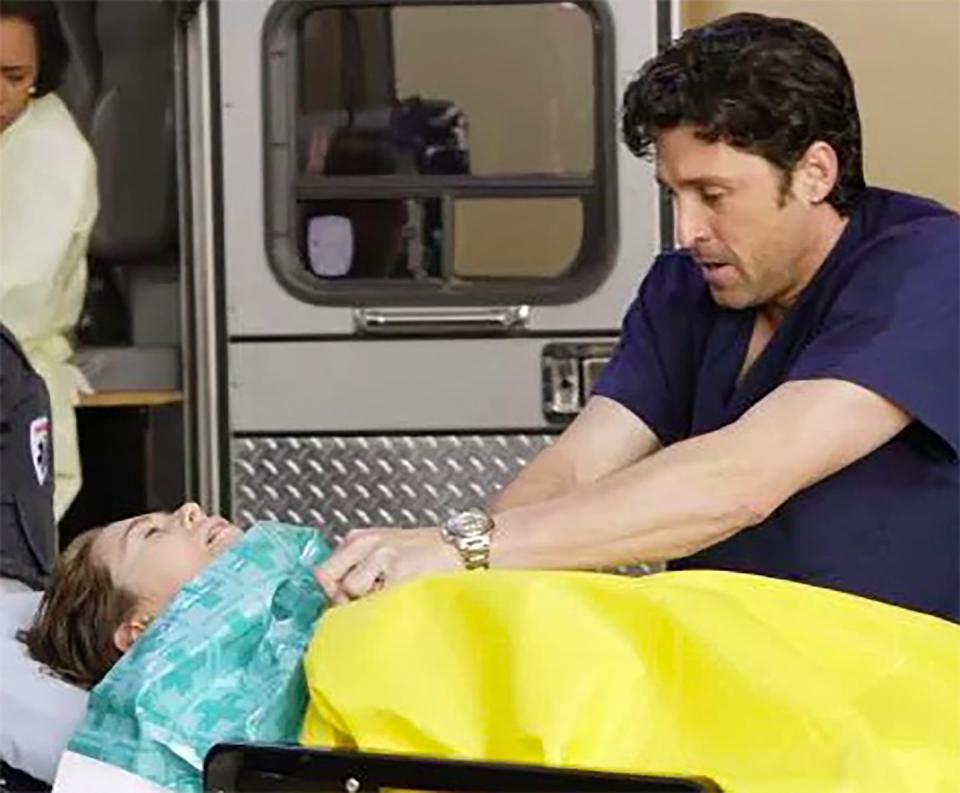
First up is a classic – the idea that CPR is a quick and easy miracle worker that boosts the cape-wearing credentials of the doctor conducting it. In telly land, cardiopulmonary resuscitation more often than not leads to the full recovery of a close-to-death patient.
IRL it’s not so heartening (pun intended). While Dr Topgi explains CPR is the best thing any bystander can do if someone loses pulse, many times this “miracle worker” is a just temporary fix. “Once the CPR stops, the patient is back at death’s door,” she tells us.
And even if it does work, CPR often leads to a cracked sternum and/or broken ribs, bruised lungs and in some cases severe brain damage. Those who receive it certainly wouldn’t be swanning around the ward with a glowing grin straight afterwards.
Verdict: Not true
2. Defibrillators cure death
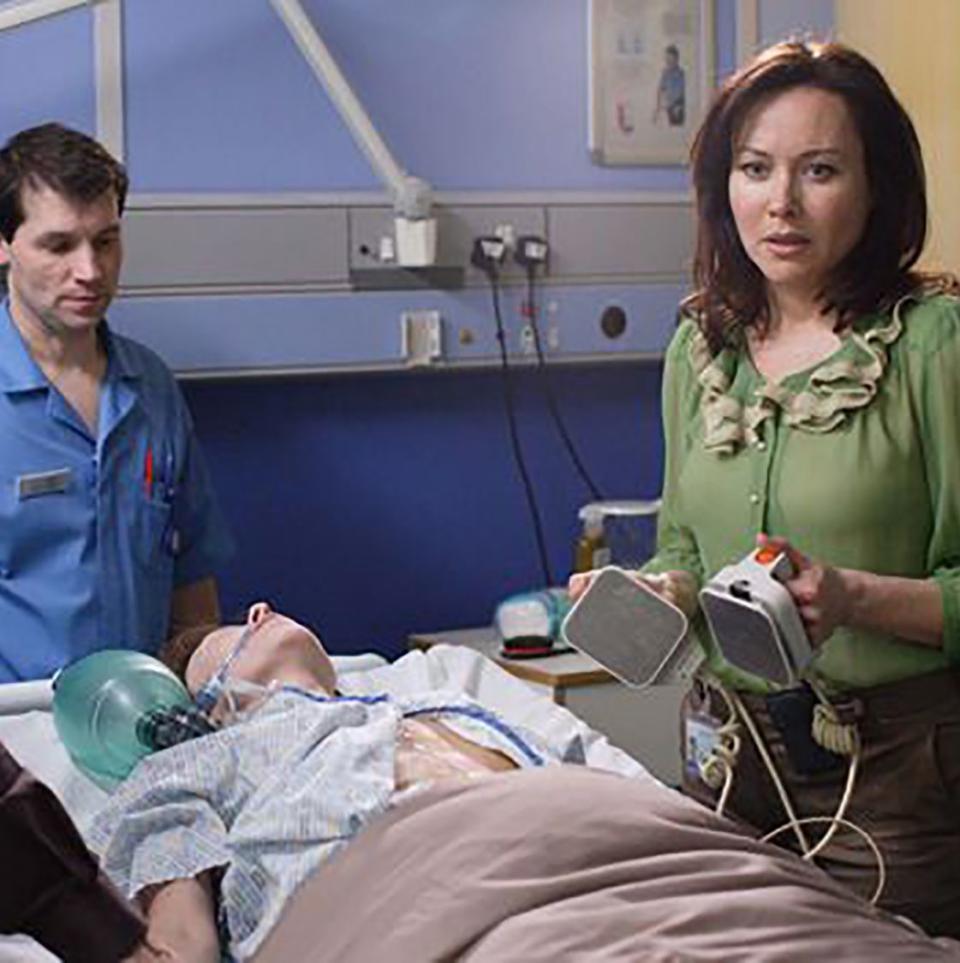
We’ve all seen it: the patient’s wheeled in from a car accident/lion attack/fatal mutant superbug, their blood pressure’s dropping, the staff are panicking and the heart monitor flatlines. Cue the dreamy doctor who runs in, grabs the defibrillator, shouts “clear” and zaps the patient back to life.
They wake up looking a little stunned and the doctor receives a pat on the back. End scene.
“This just isn’t true,” says Dr Ali. “The defibrillator is actually meant for people who have an irregular heart rhythm, the technical term of which is arrhythmia.”
In the real word, the electric shock is used to get the heart rhythm back on track, and it definitely can’t bring a heartbeat back from asystole (aka flatline).
The correct treatment for that is a dose of epinephrine (aka adrenaline) every several minutes and the old favourite, CPR.
Side note: Rubbing those defibrillator paddles together might look good on screen, but in reality all it’s gonna do is probably break a good piece of equipment.
Verdict: Not true
3. Doctors hook up with patients
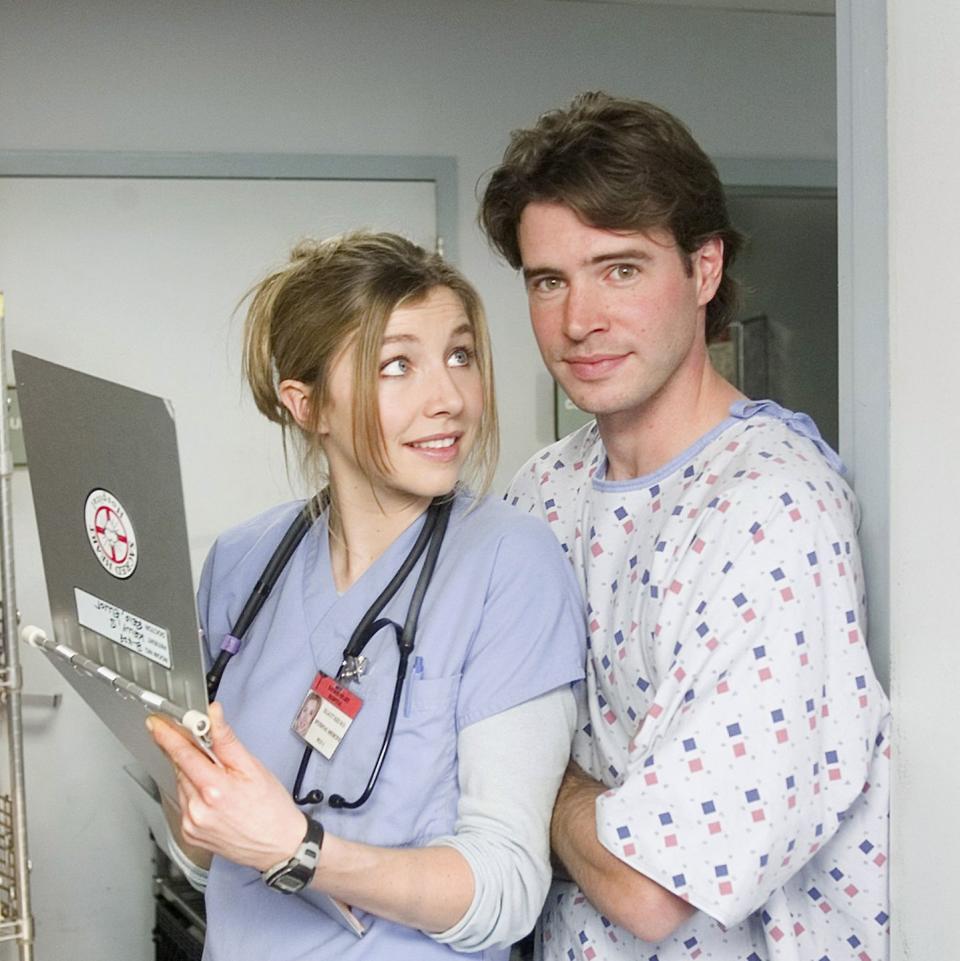
Sex sells, a statement that most definitely applies to medical dramas – the staff members of shows like Casualty, ER and Grey’s Anatomy are always sure to squeeze plenty of on-ward hook-ups between saving patients’ lives. Must be all that adrenaline.
But when there are lives at stake and fluids all over the place, do doctors really do the do with their patients in those cramped on-call rooms?
“Definitely not!” says Dr Ali. “That is completely unethical and not allowed – a doctor can lose their license if caught.” That’s not to say that it hasn’t happened in the history of healthcare, but when you’re looking at seven years of education, that’s an awful lot at stake for a bit of workplace nookie.
“There is just so much that can go wrong,” added Dr Topgi. “This happens but shouldn't, especially with respect to the legal aspects… it is also very unprofessional.”
In the case of the on-screen doctors, their steamy antics would have had them fired a hundred times over by now.
Verdict: Not true (sort of)
4. Pregnant women must be rushed to A&E when their water breaks
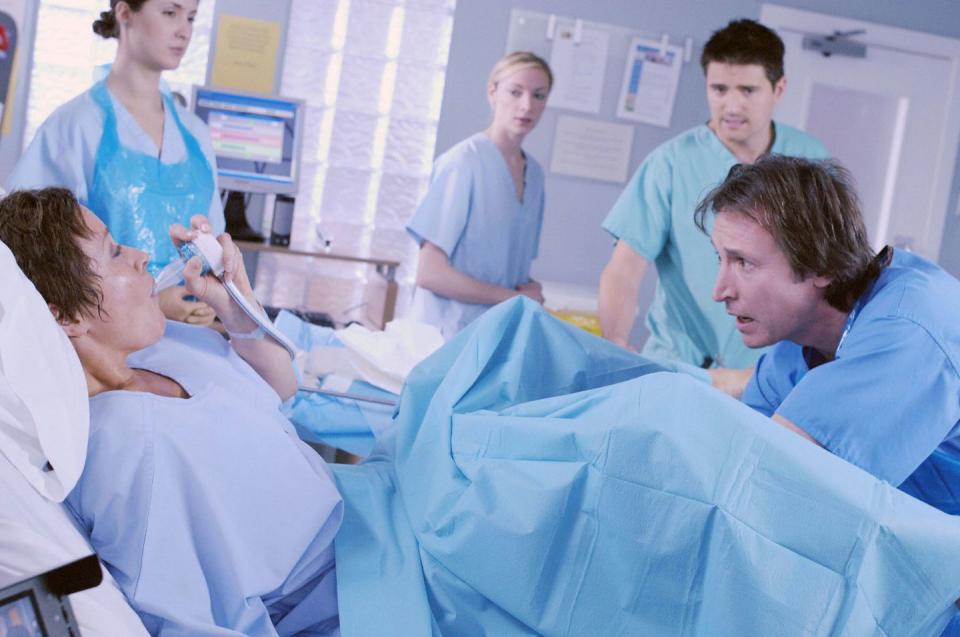
TV and films have led us to believe that, aside from the actual birth, a woman’s water breaking is the most dramatic part of labour – think the elevator scene in The Shining but with less blood and more amniotic fluid. Soon after the gushing, a woman must be rushed to the hospital if she wants to avoid having her baby right there in aisle seven.
The truth is that when the amniotic sac ruptures, it’s far more likely to be a gradual, consistent trickle than a dramatic gush. That said, Dr Topgi does confirm that sometimes the water breaking indicates a woman is about to give birth.
“Water breaking is the amniotic sac surrounding the baby breaking – also called rupture of membranes – that usually occurs prior to the onset of labour or regular uterine contraction,” says Dr Topgi. “But other times, doctors have to artificially break it during labour or it happens on its own way before it should during the preterm time period.”
Verdict: True (sort of)
6. Medical students simply pick what kind of doctor they want to be
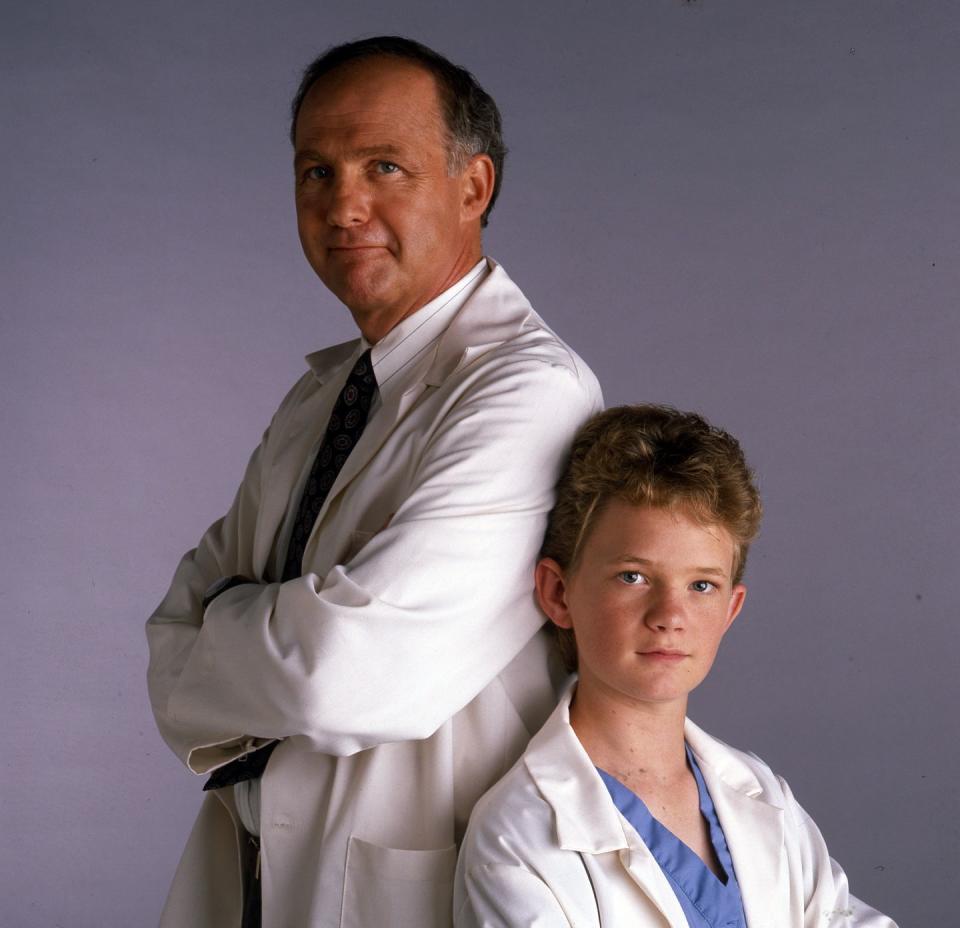
Considering medical school is normally a gruelling seven-year ordeal, TV show interns sure make a lot of decisions on a whim, often thanks to an inspirational moment courtesy of Dr Dreamy.
Truth is, the student is probably going to spend the rest of their life in this sector and so the conclusion is more like an ongoing process than a snap decision.
“Medical school is a gruelling time to make those life decisions while learning the basics of medicine,” explains Dr Topgi. “They rotate through different specialties to not only learn about those department specialties, but to give them an idea about what to expect if they were to pursue it.”
Students must ask themselves numerous questions during their education and work experience in order to make an informed choice.
“Questions such as: do they like being in the operating room? Do they like the patient population they will treat? Is the lifestyle 9-5 or erratic or on-call? What age population will they want to see? Is there burnout amongst doctors in that speciality?”
In other words, it’s not as easy as declaring, “That’s it, I’m going to be a brain surgeon,” after a particularly rewarding day ferreting around inside someone's skull.
Verdict: Not true
6. Doctors discover cures
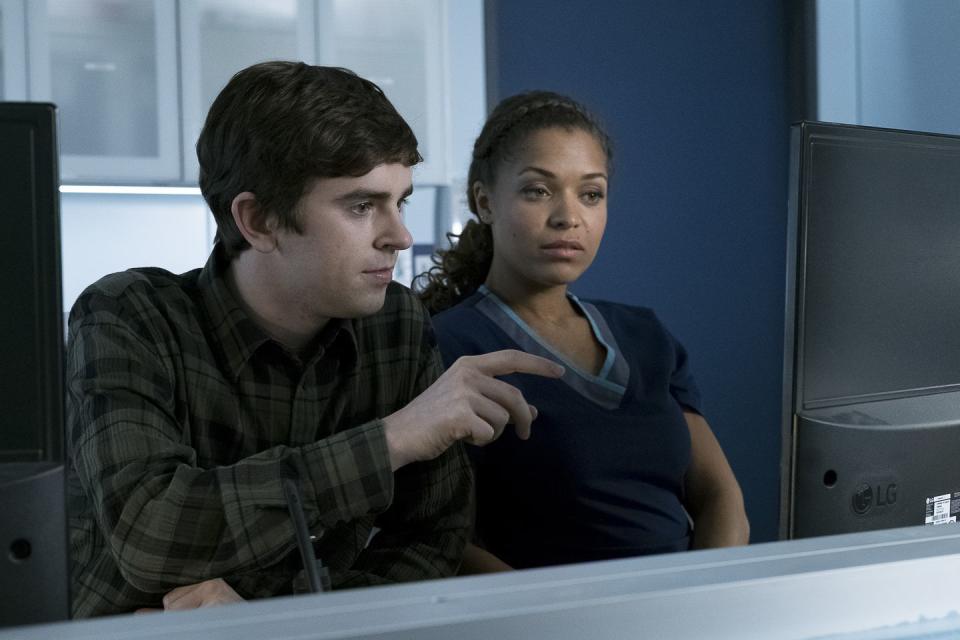
You know that mutant superbug we were talking about? Well, how about a montage of Dr Hottie coming up with the antidote to the outbreak that threatened the lives of everyone on the planet, unleashing the cure just in the nick of time. What a hero!
Most medicines actually result from experiments conducted by research scientists – the doctors just apply them.
“If someone comes in with a bacterial infection, yes, we can treat them with proper medication and antibiotics,” says Dr. Ali. “If someone has cancer caught in the early stages, an oncologist can start chemo and there is a possibility the patient will be cured of that cancer. If not curing, we are at least treating/managing/controlling the illness.”
So yes, doctors do cure illnesses, but the process is gradual – montage required.
Verdict: True (sort of)
7. A doctor is a jack of all trades
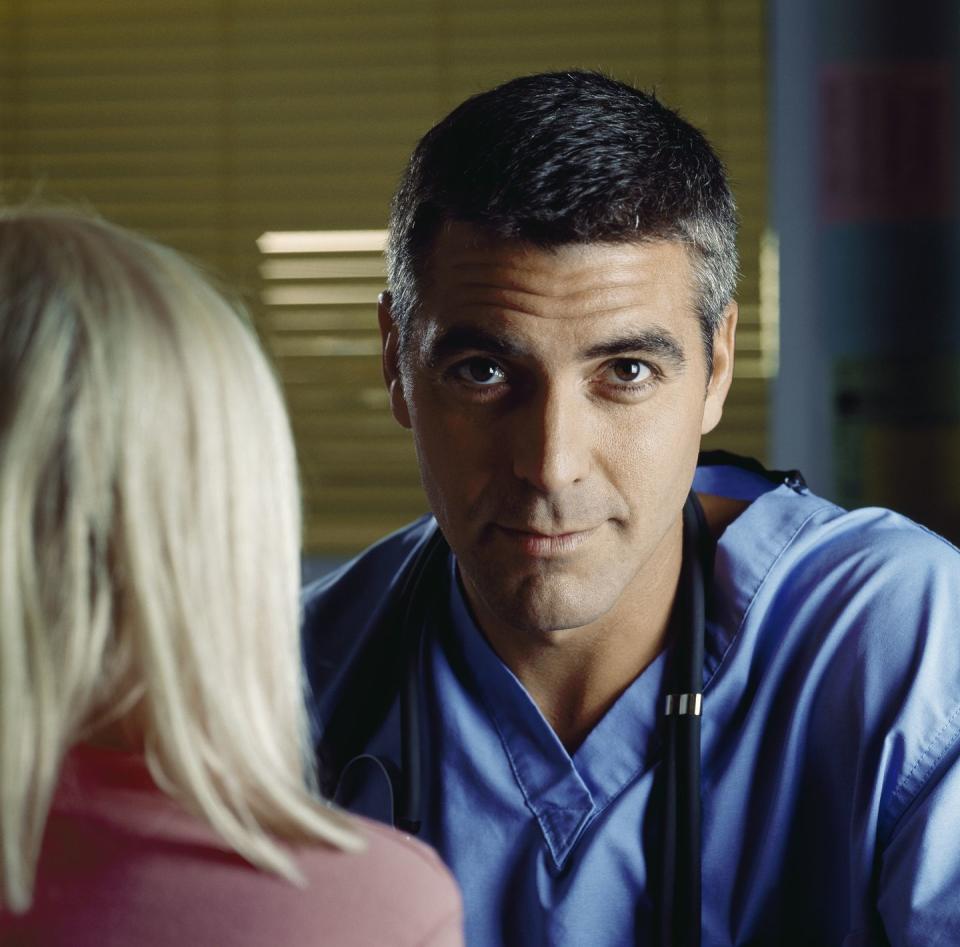
As we’ve already discussed, a medical student will spend years studying and practising before coming to decide which department to stick with, but on the small screen it’s a different story and doctors are often experts in all areas of healthcare. So how true is this common trope?
“I'll joke and say the ER doctor is the ‘all-knowing doctor’ just based on premise that ER doctors have to know a little bit of everything and take care of anything that walks into the hospital,” says Dr. Topgi.
However, while it’s essential for such doctors to know a lot about most health problems, comprehensive medical treatment requires a full team of staff members with unique duties.
“And when complicated issues arise, we need the help of a specialist,” adds Dr Ali.
Verdict: Not true
8. Party time!
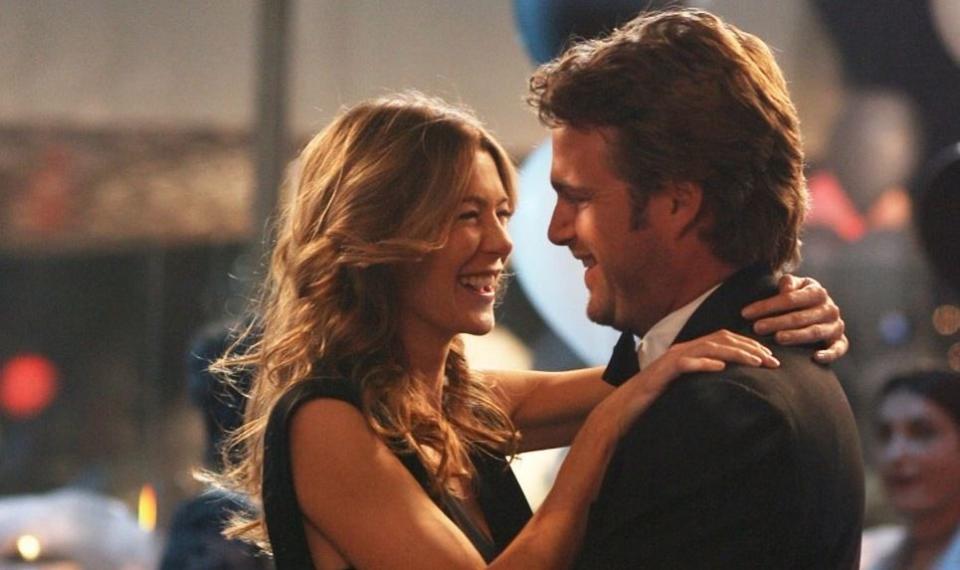
Medical TV shows would be pretty mundane if they didn’t allow for the hospital staff to have sex/fight/party all over the shop, but in reality they just don’t have the time or desire to be hanging out on their cig breaks. They’re too busy saving lives, goddamnit.
When asked about the spare-time myth perpetuated by medical dramas, Dr Ali replies, “Ha, that’s a good one. I wish! There are so many sick patients in the hospital that there is no time to do anything other than treat patients.” (And fend off entertainment journalists.)
Overnight shifts, long weeks and a steady rotation of dozens of staff members means the social life of a doctor is, well, not all that social.
Verdict: Not true
Want up-to-the-minute entertainment news and features? Just hit 'Like' on our Digital Spy Facebook page and 'Follow' on our @digitalspy Instagram and Twitter account.
('You Might Also Like',)

 Yahoo News
Yahoo News 
